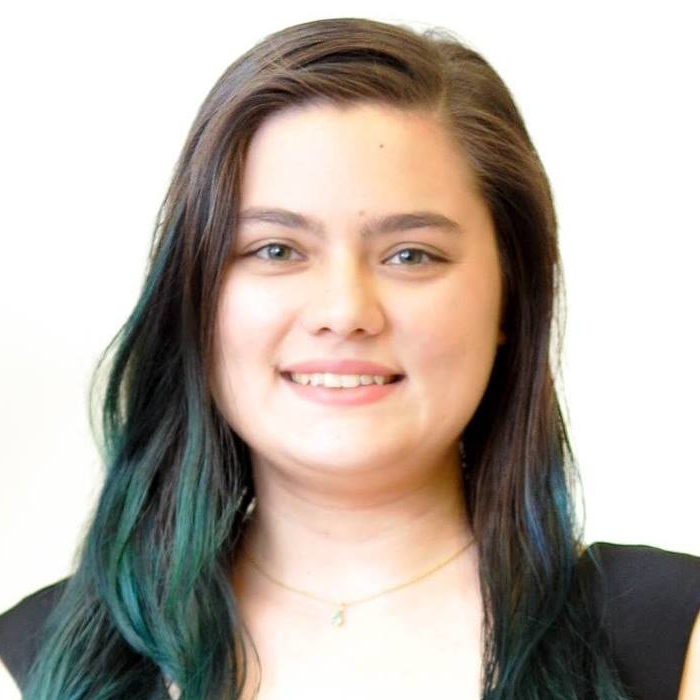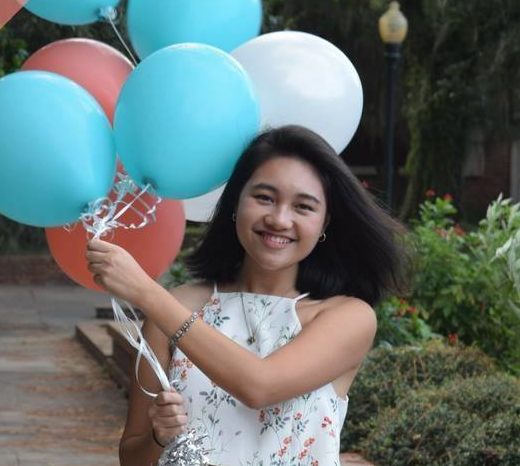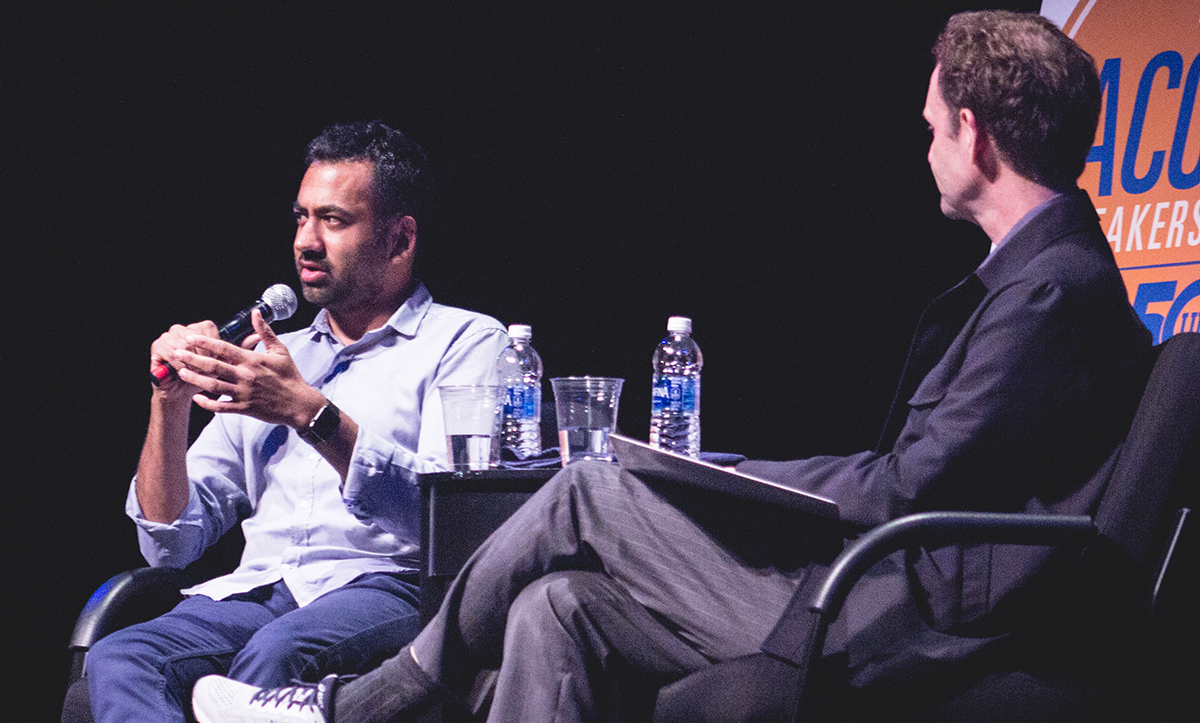
Matt Wilson considers himself an adrenaline junkie — he rock climbs, rides Jet Skis and even sky dives. Despite his participation in extreme sports, many consider his most impressive accomplishment to be putting on his two prosthetic legs.
“To me, that’s just a normal thing, ‘cause that’s what I have to do in order to survive and live,” Wilson said.
Wilson, a 20-year-old history major, was born with the VATER association, which is the combination of physiological symptoms including cardiac defects and kidney anomalies. However, his most visible disability was that he was born without his right leg and that his left leg was amputated because it had a clubfoot.
Before being adopted by his American family, Wilson lived in Taiwan for 10 years and witnessed the stigma that came with his disability Wilson said he believes that he was put up for adoption for it.
“I’ve proven them wrong with my work ethic,” he said.
Wilson now considers his adopted family to be his only family, and is not currently interested in reconnecting with his family in Taiwan, and that his family has taught him to be independent by teaching him to cook, do laundry and budget. This independence has driven him to aspire to be a contract lawyer in a major city.

For 23-year-old Esther Chiang it’s not her able-bodied family, but her developmentally disabled older brother who taught her about the world.
Chiang’s brother, Nathan Chiang, has Down syndrome and is also partially deaf. It’s his intellectual disability that was the source of discrimination by other Asians due to cultural stigma, Chiang said. When her family goes out in public, she said other Asians often look down on her family because of her brother’s disability.
“They don’t go out of their way to love and accept him, and they don’t see him as human,” she said.
Chiang said that she believes that the model minority myth is to blame. because it hides a lot of problems in the Asian American community and prevents them from accessing resources. Especially considering language barriers.
“I think the model minority myth is so detrimental to the disability community because it implies that we’re always OK all the time.”
According to Chiang, when her brother was born, her mom was given pamphlets that were only in English, which meant that her mother and brother had to fly back to Taiwan to learn about what Down syndrome was. But Chiang knows that if they lived in Taiwan, getting any kind of help would be out of the question.
“They would never be able to take my brother to Taiwan because there’s no government resources supporting that.” Chiang said. “There’s no cultural understanding about what it means to have a disability.”
Dr. Peter Wong, research director at Asian and Pacific Islanders with Disabilities of California (APIDC), said that families are important because they’re the support system, both emotionally and financially.
Wong has researched how Asian Pacific Islander Americans (APIAs) with disabilities struggle within the U.S. to gain jobs and access resources and found that APIAs with disabilities in California had an employment rate of 27.4 percent, a rate lower than Hispanics with disabilities (38.2 percent) or African Americans with disabilities (31.7 percent).
“Individuals with disabilities are not looked at as someone who could be productive,” Wong said.
Wong has noticed over the years, that data on Asian Americans with disabilities is sparse and they are considered a hard-to-reach population. As a result, there is little research done about them and few programs available to them specifically.
“I think the model minority myth is so detrimental to the disability community because it implies that we’re always OK all the time.”
For those who are unable to be independent, the U.S. government does provide resources, but often, APIAs cannot access them either because of language or cultural barriers, much like the Chiang family’s experience. Chiang also acknowledges this importance and has started a project called Reimagine Ability, in order to create a community of people who have disabilities, or are family members or friends of people who have disabilities, especially for those from cultures that might not be disability-friendly.
The site’s mission is to reimagine what ability can look like, which also means acknowledging mental illness as a component of ability, and to examine the relationship between culture, religion and disability. Chiang wanted to see if the acceptance brought on by her parents’ Christianity also happened in other religions.
“My parents would never have accepted my brother unless they were Christian,” Chiang said. “I think one of the biggest reasons they wanted to love my brother and really see him as human and treat him really well was because of their relationship with God.”
Chiang acknowledges the huge influence her brother has had on her life, and she wants others to find the humanity in her brother.
“He deserves love like any other person,” Chiang said. “In some ways it’s so basic — but so radical.”
Photos by Jasmine-Wildflower Osmond.






